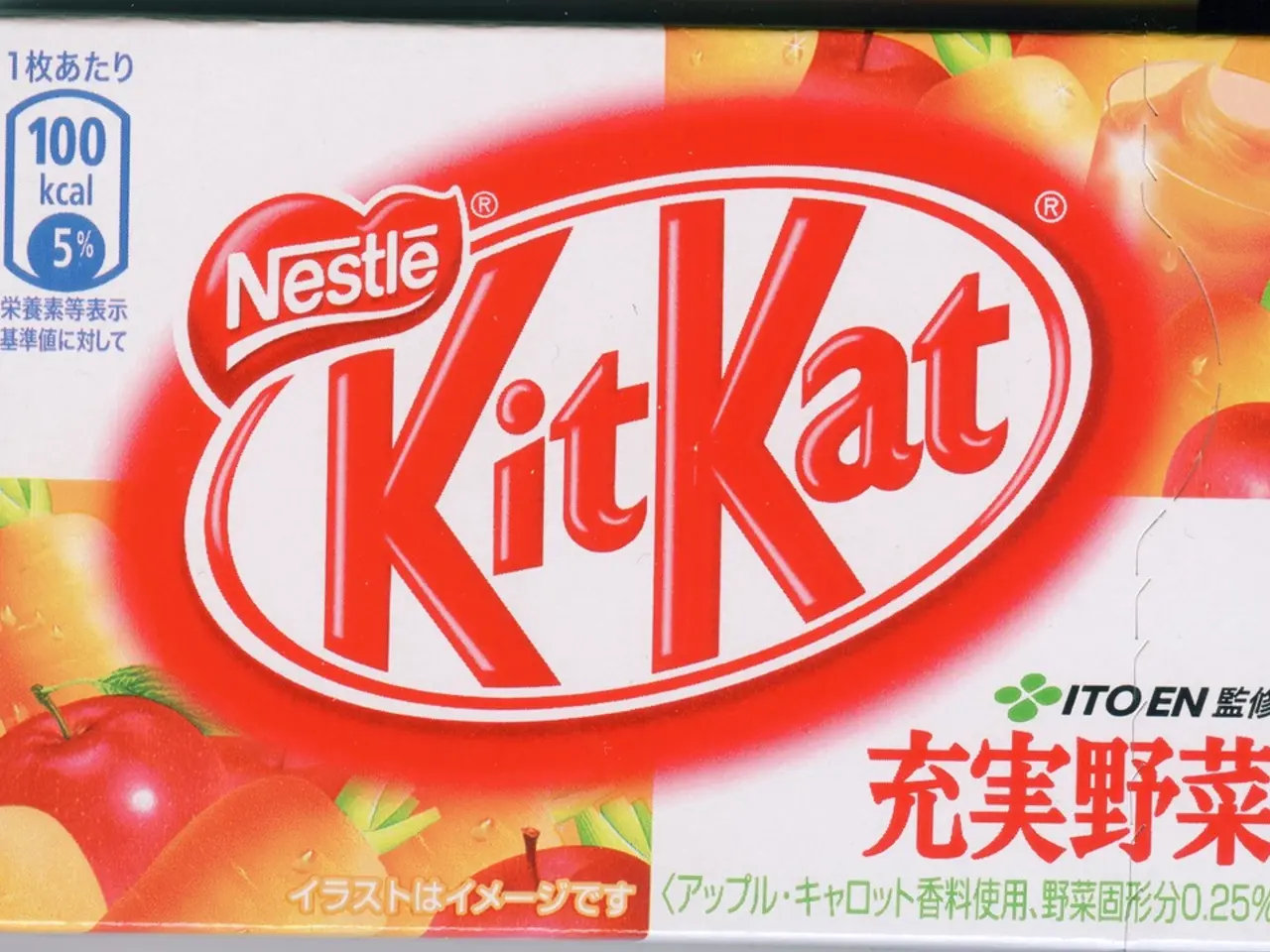Unraveling the Calculation: Calorie Count in Cooking Recipes
In the realm of nutrition, a groundbreaking study by Richard Wrangham of Harvard University has shed new light on a long-overlooked aspect of our diets - the caloric cost associated with cooking food. Previous scientists never considered the caloric implications of the digestive process, but Wrangham's research has filled this gap.
Cooking food increases its calorie count, potentially by as much as 25 to 50 percent. This increase is not due to the water-versus-fat issue, as suggested by dietician Jessica Cox, but rather due to the release of sugar-based molecules that our bodies can now feast upon, adding to our caloric intake.
Interestingly, not all cookbook publishers or recipe websites ensure that their recipes' nutritional information is as accurate as possible. Some rely on databases to determine calorie counts in their dishes, while others may not hire experts to verify this critical information.
When preparing a fatty pork roast, for instance, some of the fat will cook off, reducing the weight of the roast. However, each 3-ounce serving of cooked pork roast has more calories than a 3-ounce serving of its raw cousin. This is because cooking softens the food, making it easier for our bodies to digest and thus expend fewer calories in the process.
Moreover, cooking food can affect both the number of available portions and their caloric content. For example, a 3-pound (1.4-kilogram) pork roast cooks down to 2.5 pounds (1.1 kilograms), meaning you now have fewer portions available to eat - about 13 servings in the cooked version versus 16 servings in the raw roast.
The Atwater system, commonly used for determining calorie counts, is not without its flaws. It assigns the same caloric value to, say, whole-grain wheat and highly milled flour, ignoring the effect of processing. Furthermore, it doesn't look at the impact of bacteria in our stomach that steal some of the food to essentially feed themselves.
Despite these shortcomings, the Atwater system remains the foundation for most nutritional calorie calculations on labels and in diet tracking apps. To calculate the total calories of a custom recipe using this system, you analyse the grams of protein, fat, and carbohydrates in the recipe, then multiply each by its respective Atwater value (4, 9, and 4 respectively) and add the results together.
The Modified Atwater system, which better reflects the actual digestible energy by humans, excluding indigestible components like fiber, is often used to provide a more accurate representation of the calories we can absorb.
A diet of both raw and processed foods is best, according to Wrangham. This is supported by a study he looked at, which showed that a 100 percent raw-food diet can be problematic. The average woman on such a diet didn't have a functioning menstrual cycle, and half of the women stopped getting their period altogether, suggesting they were taking in far too few calories.
Online recipe calculators like Calorie Count, MyFitnessPal, and Spark Recipes can quickly figure out all of a recipe's nutrition facts, making it easier for individuals to manage their diets and maintain a balanced intake of raw and cooked foods.
- The caloric increase in cooked food, potentially by 25 to 50 percent, is not due to the water-versus-fat issue, but rather the release of sugar-based molecules during the cooking process.
- Not all recipe websites ensure their nutrition information is accurate, with some utilizing databases and others not hiring experts for verifying critical nutritional information.
- Cooking food can affect both the number of available portions and their caloric content, as eating a 3-pound cooked pork roast results in fewer servings and more calories than a raw counterpart.
- The Atwater system, the foundation for most nutritional calorie calculations, has flaws, such as assigning the same caloric value to whole-grain wheat and highly milled flour.
- A balanced diet consisting of both raw and processed foods can lead to better health outcomes, as a 100 percent raw-food diet may lead to insufficient caloric intake and irregular menstrual cycles.




